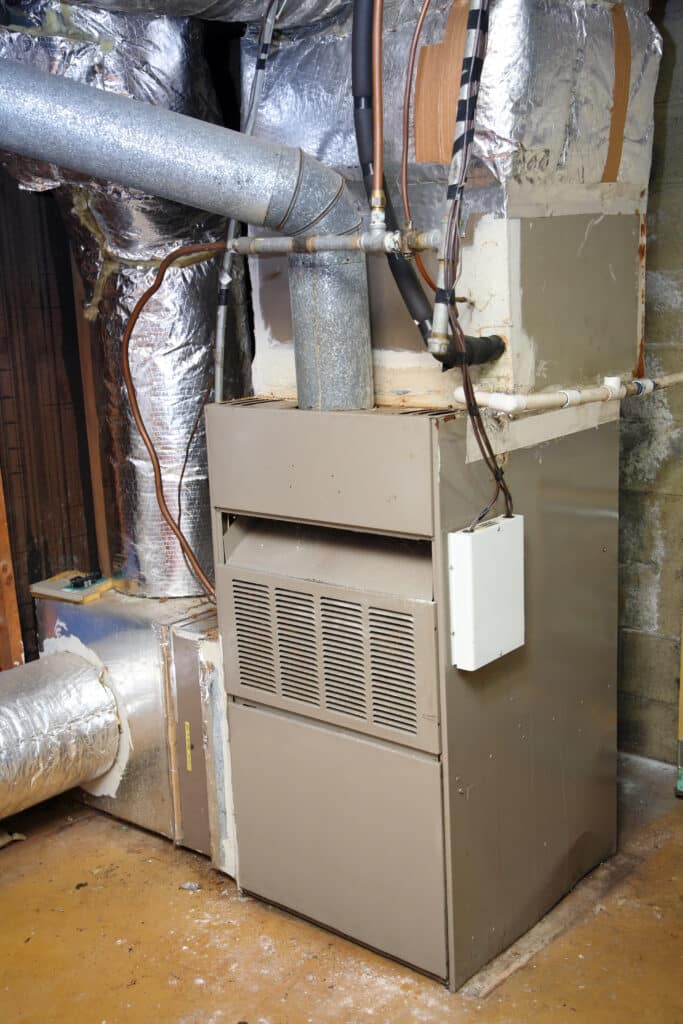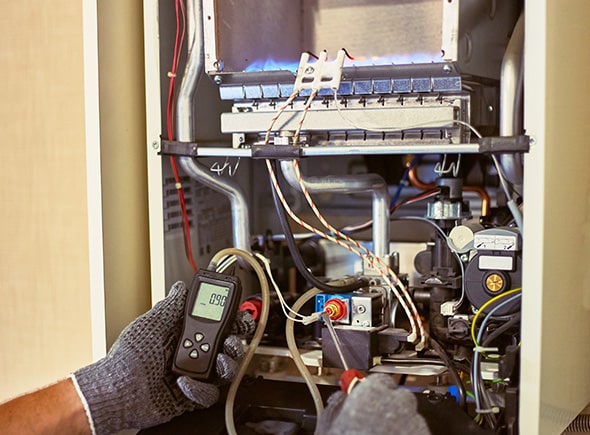SEER stands for Seasonal Energy Efficiency Ratio. This is the ratio of the cooling output of an air conditioner over a typical cooling season, divided by the energy it uses in Watt-Hours. A SEER ratio is calculated over an entire cooling season using a constant indoor temperature and a variety of outdoor temperatures ranging from 60 degrees to 100 plus. This is how it simulates a typical season. The higher the SEER, the less electricity is required for a central A/C unit to do its job.
The main difference between SEER and SEER2 is the testing conditions for each rating system. SEER2 is an updated version that uses the new M1 blower testing procedure. These differences may seem minimal, but they still produce different data values and warrant a new rating system that aligns more closely with ongoing efforts to reduce overall energy consumption. SEER2 includes the total heat removed from the conditioned space during the annual cooling season, and the new M1 testing procedure increases the systems’ external static pressure by a factor of five.
These updates better reflect real-world conditions of installed equipment. The Department Of Energy (DOE) raised the total external static pressure testing conditions for SEER2. These pressure conditions were raised to make the test conditions more like those of a typical ducted system in a typical residential setting. SEER testing conditions did not properly account for the influence of ductwork on external static pressure, so under SEER protocols, the external static test pressure was often not high enough to replicate real-world circumstances.

What Are the New SEER Regulations?
New SEER regulations differ by area. The purpose of new SEER2 efficiency standards is to provide HVAC professionals and consumers with more accurate insights into a system’s overall efficiency. These more accurate ratings must differ for various regions to reflect differing climates. The country’s Southeast region, including Texas, Tennessee, and Florida, has SEER2 requirements. These include:
- SEER2 rating of at least 14.3 for all residential central air systems below 45,000 BTU
- SEER2 rating of at least 13.8 for all residential central air systems 45,000 BTU and above
- SEER2 rating of at least 14.3 for all heat pumps
In the southeast and southwest regions, any AC system that doesn’t meet SEER2 requirements cannot be installed on or after January 1, 2023.

Why Do the Regulations Change?
Minimum efficiency standards have changed in 2023 in response to new standards from the DOE that address more real testing conditions and regulatory control. Many older residential AC systems in the U.S. have a SEER rating of 10 or less. The good news for Texas homeowners in the new air conditioner or heat pump market is that current high-efficiency residential equipment can boast SEER values of 25 or higher. Higher SEER units typically cost less to run, saving homeowners money on energy costs. Essentially, the higher the SEER value, the less energy the unit will use.
Before the SEER rating was adopted, cooling equipment was rated based on how much energy was used while running at full capacity in a controlled environment. These test results did not accurately measure the unit’s typical efficiency. As a result, the SEER rating was developed to provide consumers with a more accurate representation of the typical energy use of an air conditioning unit.
In 2006, the DOE raised the minimum SEER requirement from 10 SEER to 13 SEER nationwide to promote energy savings that benefit the consumer. In 2015, the DOE again raised the minimum SEER requirement for central air conditioners and heat pumps installed in certain regions of the U.S. The requirements have changed again in 2023.
Do I Need a New Air Conditioner?
You don’t need to upgrade if your current unit is still performing as it should. However, if your cooling system isn’t keeping your home comfortable, you should start shopping for a new unit. Not sure what to look for? Check out our article on AC Problems. New AC units installed after January 1, 2023, should meet the recent standard change. A higher SEER rating ensures more energy efficiency, which means a lower energy bill for you—looking for recommendations? Our team of professionals at ABA Austin can help you choose a new air conditioner that fits the needs of your home and meets (or exceeds) SEER standards.

